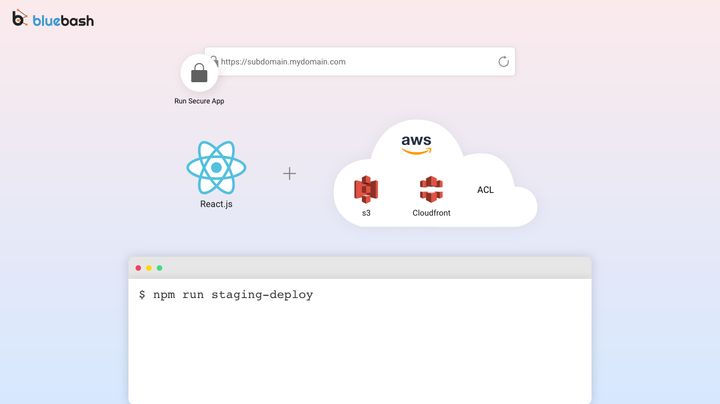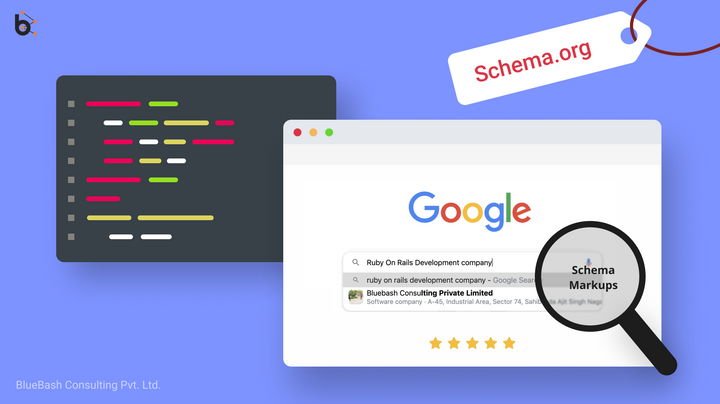Next.Js: Introduction, Benefits, and Pitfalls

Introduction: Next.Js is a react framework to design server-side rendered react applications. It is open-source and compatible with Windows, Linux, and mac. In simple words, IT can create SEO-friendly websites, Static applications/websites, Lightweight apps and PWA which is compatible with mobile and desktop applications both. It works on an enterprise level.
Unlike PHP, next.js also works on the same concept however here to build applications we use JavaScript and React. Let's explore the benefits of Next.js.

Need of Next.js:
SEO is always considered while registering any website over the internet. In most the Single page application, SEO doesn't work properly because these websites are rendered on the client side. Whenever google crawls for indexing it just pick a bunch of JS file and Div tags with an ID so in this way one can't index their website. Therefore, Next.js comes into the picture which is used to overcome this problem and render the website on the server side also called SSR(Server side rendering).
Scalability is also a big challenge in every product. React is awesome but still, there are many issues for newcomers or fewer experience guys. ReactJs is one small library and there is no hard and fast rule to develop an app. Its a good point for the experienced developer but pain for newcomers. Next.js solve all these issues. Next.Js provide high scalable directory structure.
Zero Configuration and quick start. Its very easy to start with Next.js. No need to put additional packages for basic functionality like routing library.
Another reason when the page takes a long time to be visible in front of the user is that all the JavaScript must load before loading the content and the application should determine what is required to show on the web page.
Benefits of using Next.js:
- It uses an intuitive page-based routing system also with support for dynamic routes.
- It can automatically optimize pages whenever it is required.
- It renders page on the Server-side with blocking data requirements.
- It automatically split code for loading the page faster.
- Here client-side routing is available with optimized page prefetching.
- It has built-in CSS support, and also support for any CSS-in-JS library.
- Next.js has a Web-pack-based development environment that supports Hot Module Replacement (HMR).
- Next.js uses API routes to build your API with server-less functions.
- It is Customisable with Webpack configurations, community plugins and with your own Babel.
Here are some great website built with Next.js
Pitfalls of Using Next.js:
- As such there is no pitfalls, Due to a smaller community, fewer resources will be available and potentially of the documentation can be extensive too. But now community is growing day by day and it may be replace other front-end frameworks in future.
In conclusion, Next.js is the best technology for single-page applications developed in the react framework which consider SEO as a valuable aspect to gain traffic on their web application and wants to load faster their web pages/application; they should use Next.js framework to build applications.



